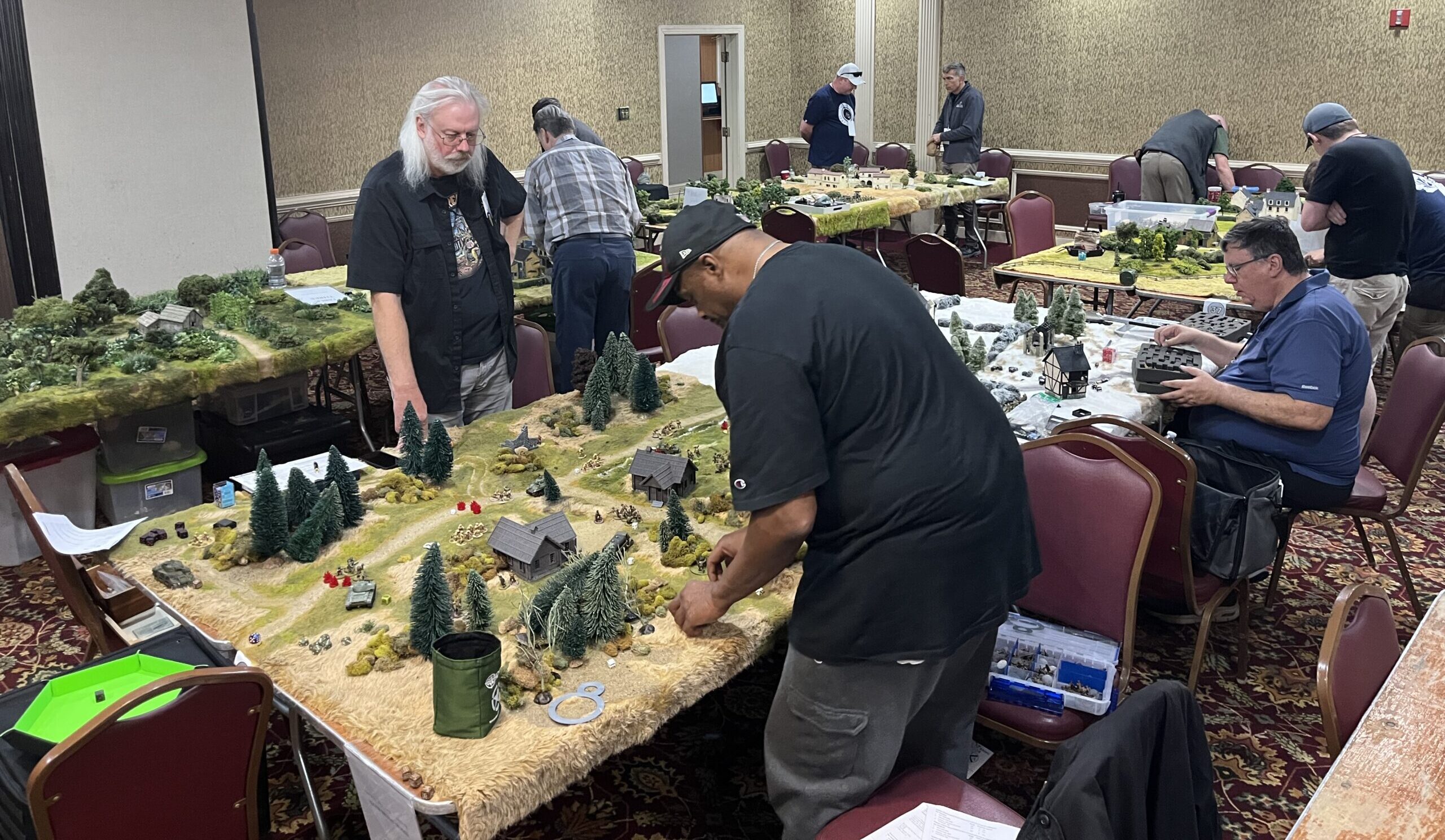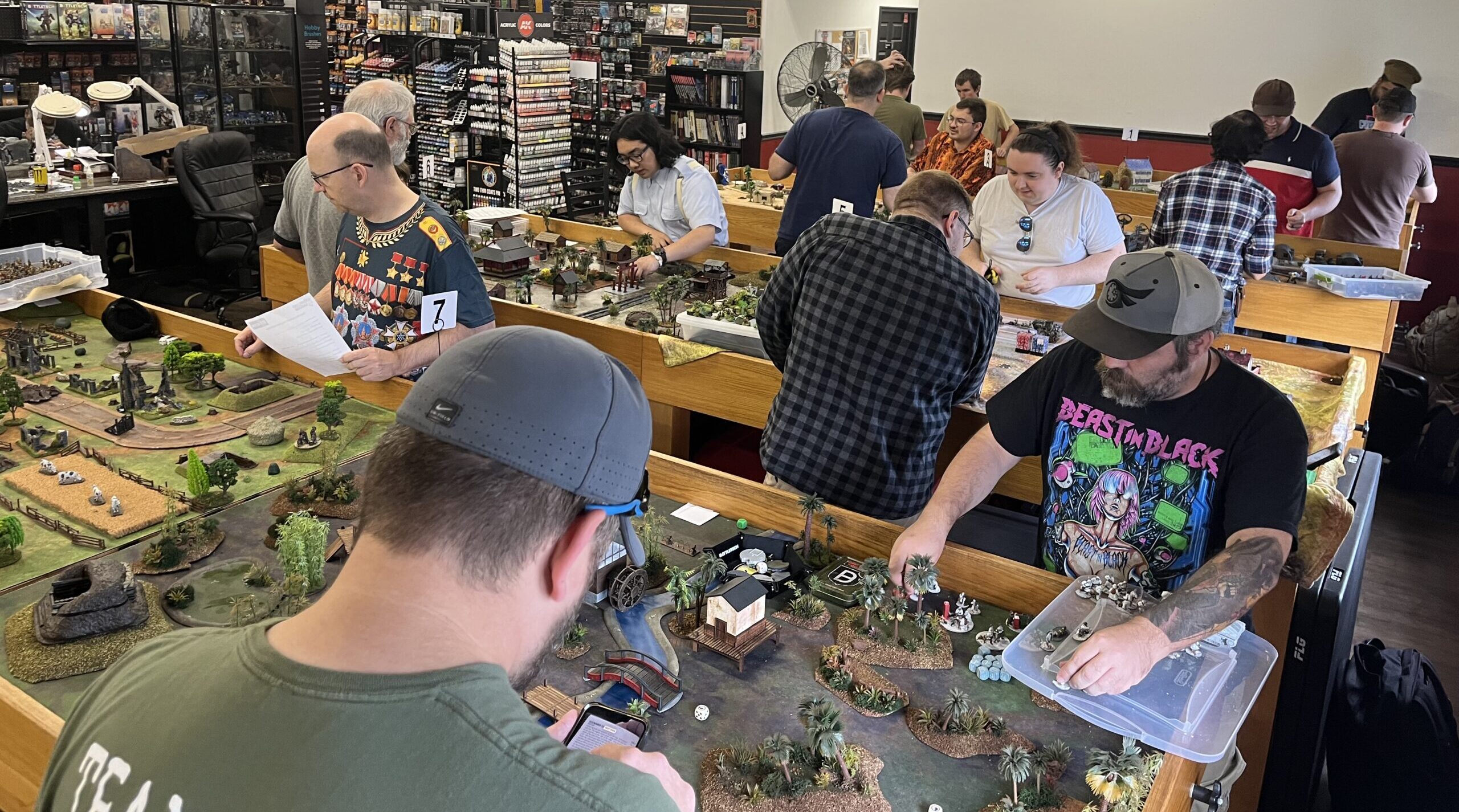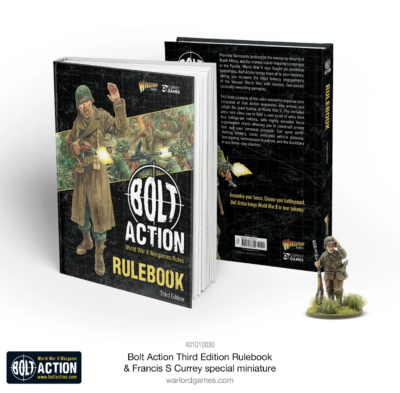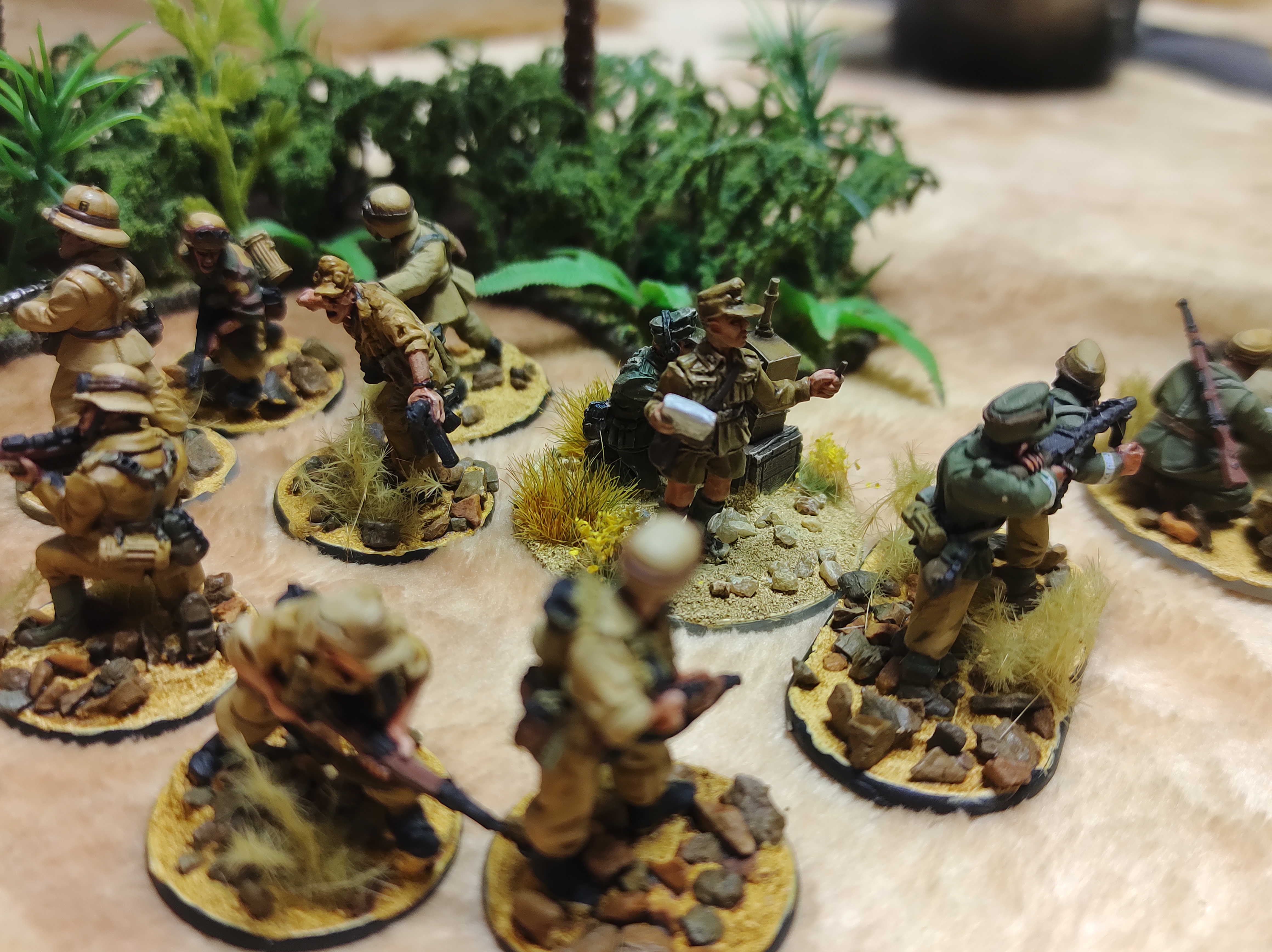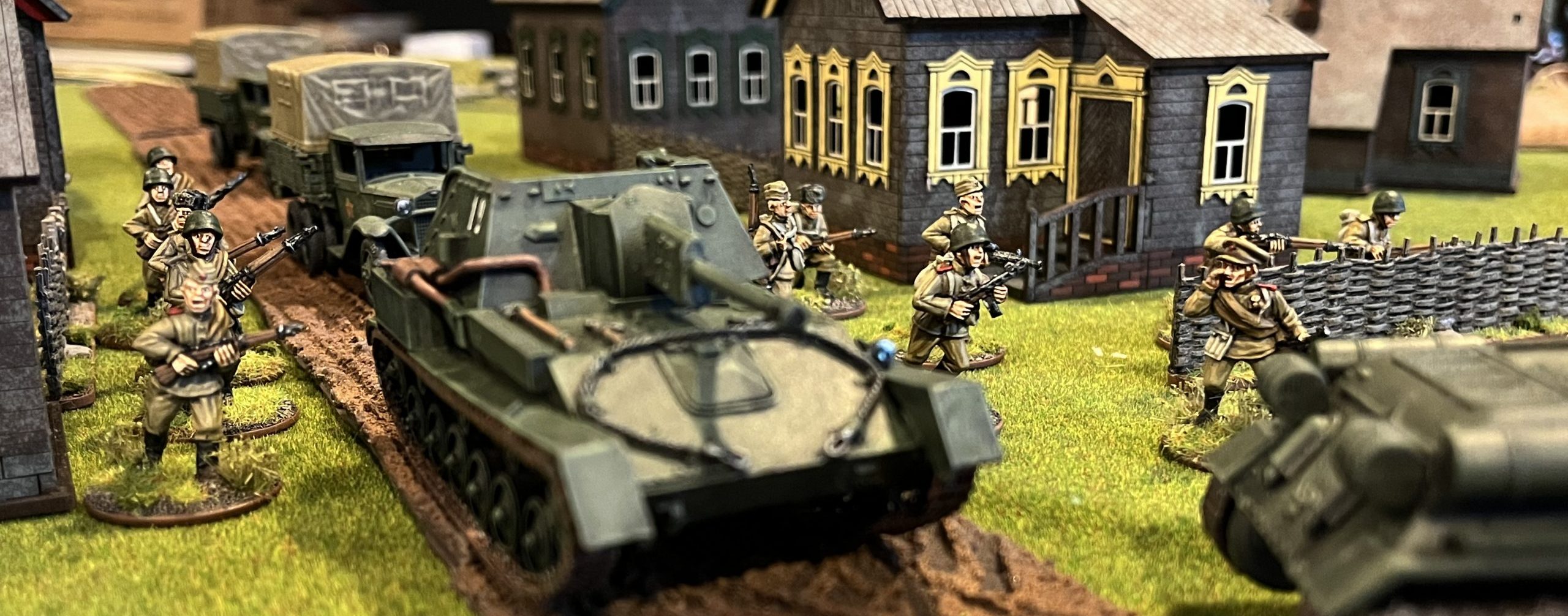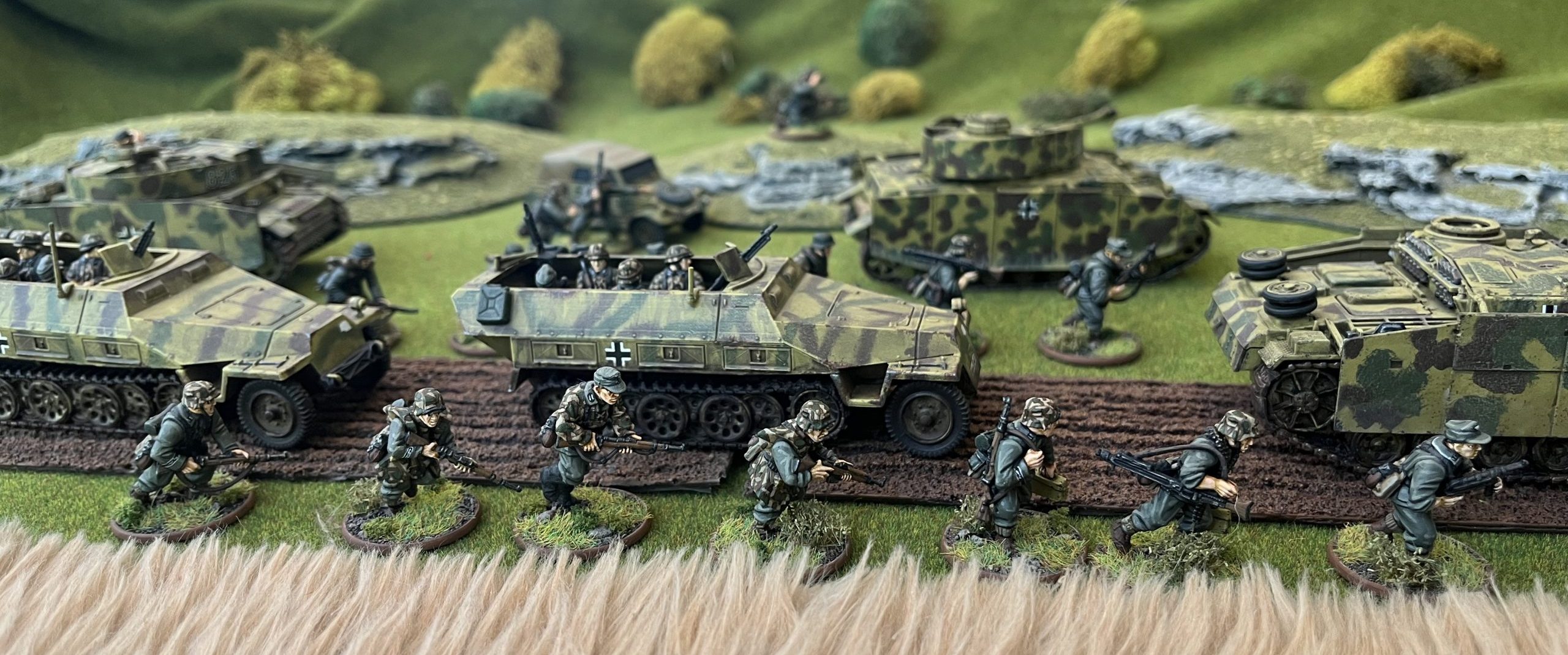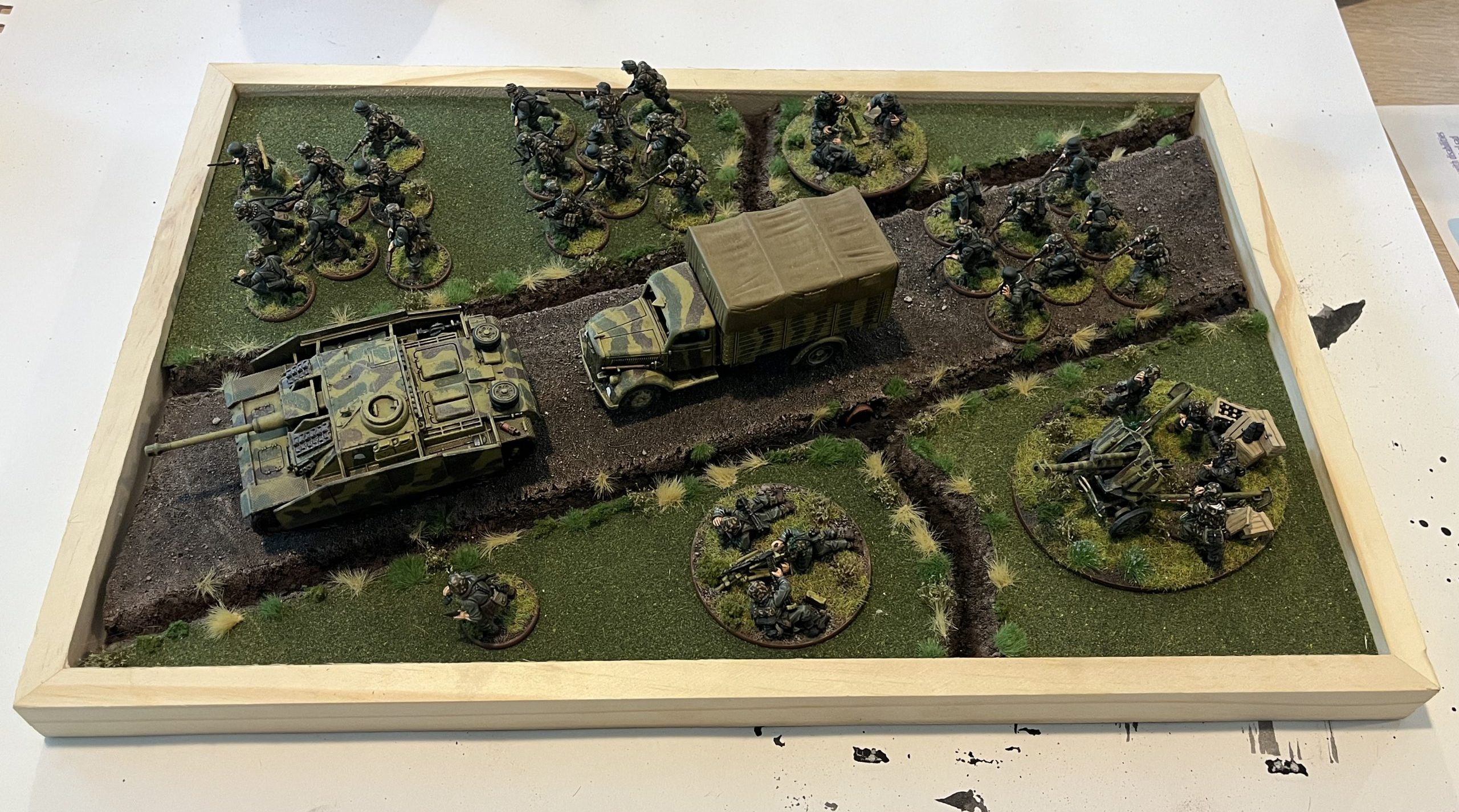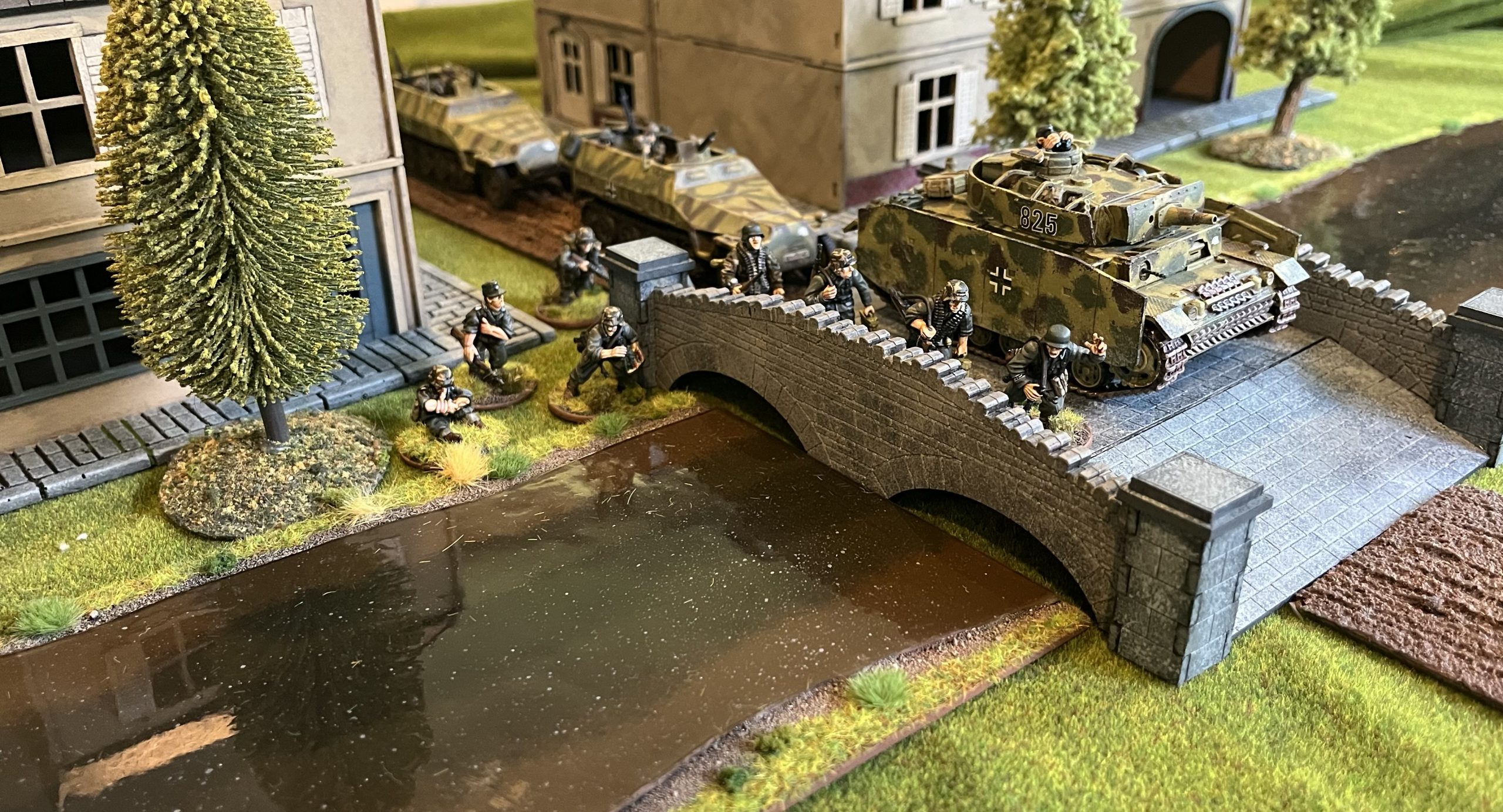Kreighton Wants a Bolt Action Third Edition Army
By Kreighton Long
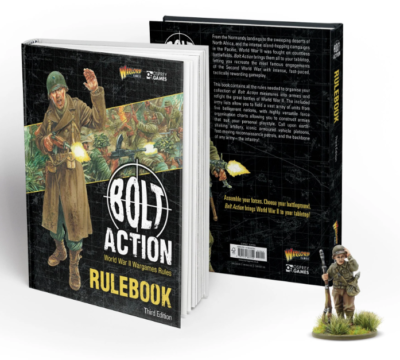
With the recent release of Bolt Action Third Edition and the last round of Second Edition tournaments I set my sights on the future. Warlord’s timing of their Third Edition release complimented by natural project schedule perfectly. Over the last several years I’ve fallen into a routine build around Kalissa Skibicki’s Bolt Action tournament at the October Call to Arms convention in Williamsburg, VA. Once that tournament concludes I begin planning, building, painting, and training with a new army with the goal of being battle ready in time for the next Call to Arms tournament. In this manner I’ve built, competed with, and placed using Romanians, Italians, and Soviets in my last three appearances. With the release of Third Edition I have the added challenge of adapting the new force structure and implementing the new ruleset.
Warlord has truly done a phenomenal job of tempting me with their recently released kits. I snagged a box of Winter Americans with the Third Edition rulebook and was hard pressed to not do the same with their Winter Fallschirmjager. My bank account was disappointed when they also released their German Veterans kit and I couldn’t help but snag the army box with my pre-order of the Armies of Germany Third Edition book. Despite these temptations, I’m going to take my first dedicated Third Edition army in a different direction — somewhere notably warmer.
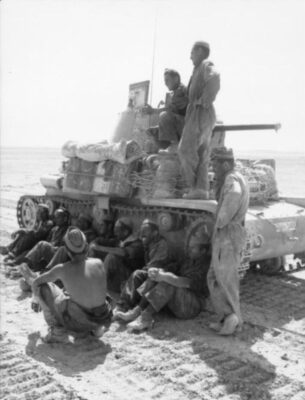
In 2023 I captured first at Kalissa’s Call to Arms tournament and as I won it with my Italians I decided to claim a box of Bersaglieri for my prize. It seemed appropriate enough as I was riding a high after surprising wins with a force I did not anticipate to be as competitive as it ended up being. That kit sat in my box of shame for the last year and once Third Edition was announced my mind kept wandering to that simple box of plastic. For my first dedicated Third Edition army I am going to create an Africa Campaign themed Italian army using the Bersaglieri as the core of infantry.
With this project I have three goals in mind. The first is that I want to challenge myself to leave my comfort zone by painting and basing an army outside of my typical temperate Europe theme. By painting my army for the North African theater I will accomplish that. The second goal is to make it thematic. I will accomplish this by ensuring that whatever I put in this army makes sense within the scope of the Italian contribution to the North African campaign. Considering that this is the theater that the Italians featured heavily I imagine this one will be fairly simple to pull off. The third goal is to balance it between competitive and fun. This is the area I am the most nervous about pulling off. I want to avoid any units that break the game (looking at you Second Edition Dakka Stuarts/Panzers) while simultaneously keeping my list interesting and fun for me to take to games. As I do like to win I hope that I can temper my competitive edge to keep my list enjoyable for me to play, and more importantly here, fun for my opponent to play against.
After committing to building my first Bolt Action Third Edition army around the Italian army in North Africa I started to map out how the company would be structured. Some quick poking around online revealed that six Bersaglieri regiments served in North Africa so I can rest easy that we’re checking the box for historical accuracy (National Army Museum, New Zealand). Since I already had a box of Bersaglieri in my box of shame the infantry component was decided. Light Machine Guns will feature heavily in my squads due to the decreased point cost and that the Bersaglieri will play as Veterans which will give them more survivability to keep that LMG firing. So that’s the infantry platoon worked out.
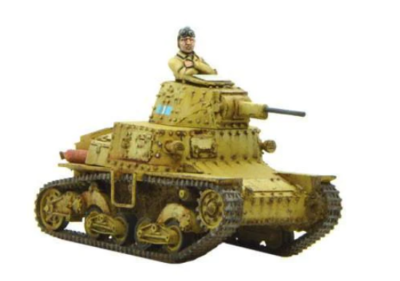
For the second platoon I envisioned some tankettes or light tanks to support my infantry. Daydreaming in the twilight of Second Edition I wanted a platoon of tankettes to harass my opponents with. The L3/33s looked like fun little mobile, armored, MMG teams that were cost effective and could be a real pain for my opponent to deal with if I used them correctly. With the Third Edition change to vehicle mounted machine guns halving their rate of fire I was reluctantly turned away from the idea of a tankette swarm. Instead I began looking at other light tanks of the Italian army — and in drove the L6/40. In Third Edition, I can field a number of Regular L6/40s with a turret light auto-cannon in an 8+ hull with two negative rules (Vulnerable and One-Man Turret) offset by one positive (Recce). For 100 points, that doesn’t sound like a terrible deal and the fact that this light tank will find itself outgunned and outmaneuvered by most other tanks fits my idea of the Italian armored forces frequently finding itself behind the curve in North Africa.
The L6/40s first arrived in North Africa in December, 1941 for testing and soon after began arriving for combat duty. The 133rd Armored Division featured three squadrons of the light tank and served in the successful Axis siege of Tobruk in 1942 and continued to serve through the Third Battle of El Alamein (Tank Encyclopedia). This one example of L6/40s in North Africa, alongside the presence of Bersaglieri, checks the second historical accuracy box in my planned list. Considering the affordable cost of this cute little guy I will start with three in the tank platoon and will likely alternate between two and three in my company depending on the point maximum of the game.
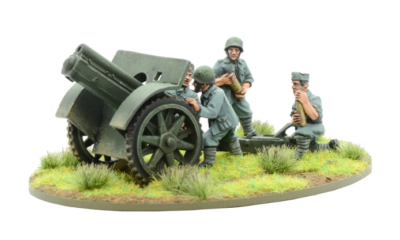
With LMGs and autocannons in my arsenal I decided my third platoon would need some heavy hitting power. To accomplish this I turned to the Armored Platoon. Fielding a number of artillery pieces will give my army some penetrating power to stall enemy armor and to knock out infantry squads. Medium howitzers in Third Edition hit with a 3″ template and +3 penetration. This level of howitzer can make quick work of Veteran infantry and can even destroy buildings with a lucky shot and the +3 penetration allows you to threaten medium armored vehicles and their 9+ armor. Against the front armor of a medium tank (9+ armor), the +3 penetration is a poor substitute for a dedicated anti-tank gun requiring a roll of 6 to penetrate. However, it is enough to force pins on Veteran 9+ vehicles and Inexperienced and Regular armored vehicles regardless of armor value. And in my experience, pouring pins onto an armored vehicle with howitzers, while not likely to destroy it, can force it to take increasingly difficult order tests and possibly invest a turn rallying. The indirect fire option is always a handy option when conducting counter-battery operations or trying to force dug in enemy units to displace. At 90 points apiece for a medium howitzer with a gun shield I plan on picking up three for a healthy battery presence and again will likely fluctuate between two and three depending on point maximums.
I dug around online and struggled to find organic Bersaglieri artillery batteries. Instead, I often found references to Bersaglieri working alongside divisional artillery assets in the form of the 100/17 Modello 14s which are treated as Medium Howitzers in Bolt Action (Comando Supremo Italy in WWII). At the time of writing this I have not stumbled onto evidence of Bersaglieri manning 100/17 Modello 14s as these guns were typically Divisional assets manned by regular Army gunners. Therefore, in keeping with my goal of making my list as historically accurate as I can I decided to purchase Warlord Games Italian Army 100/17 Modello 14 medium artillery kits rather than the Bersaglieri variants. If anyone can find a source verifying that Beraglieri troops served as gunners of these medium howitzers I would love to be proven wrong before adding these guns to my holiday wish-list.
For a first draft I feel confident that my Bersaglieri Company, made up of an infantry, armored, and artillery platoon, will be able to respond to most threats. The combination of mobility and firepower this list provides will hopefully end up being as fun to play in reality as it is in my head. Keeping my list realistic to what was available to Italian forces in North Africa will hopefully create a thematic and cohesive looking army that will look good on the table and be grounded enough to be fun for my opponent to play against. The next step is to start picking up the kits I need to make this happen and to add them to my painting queue. More to follow.
Happy gaming!

